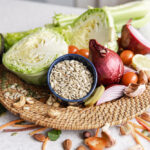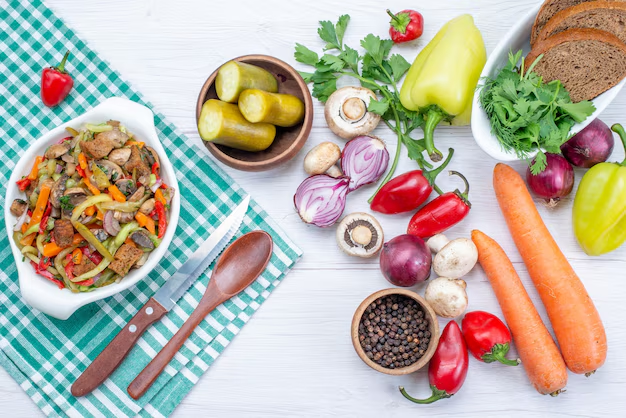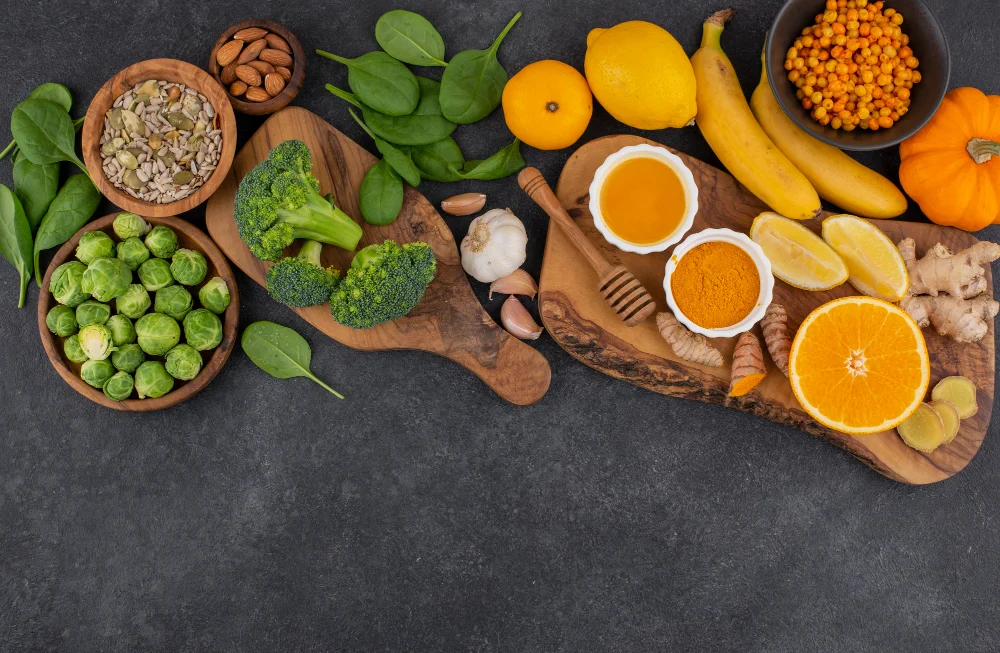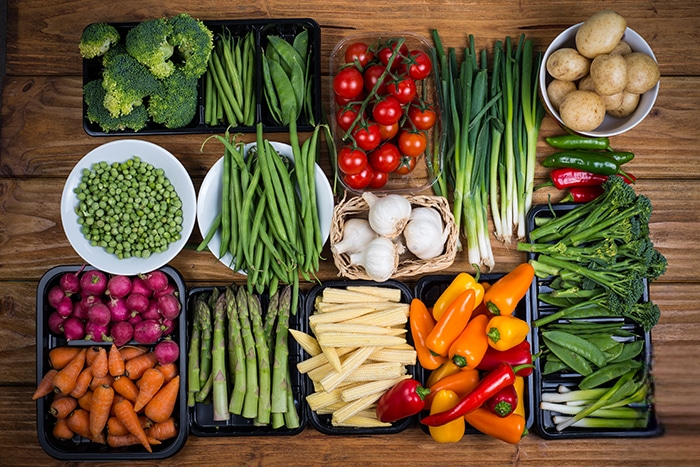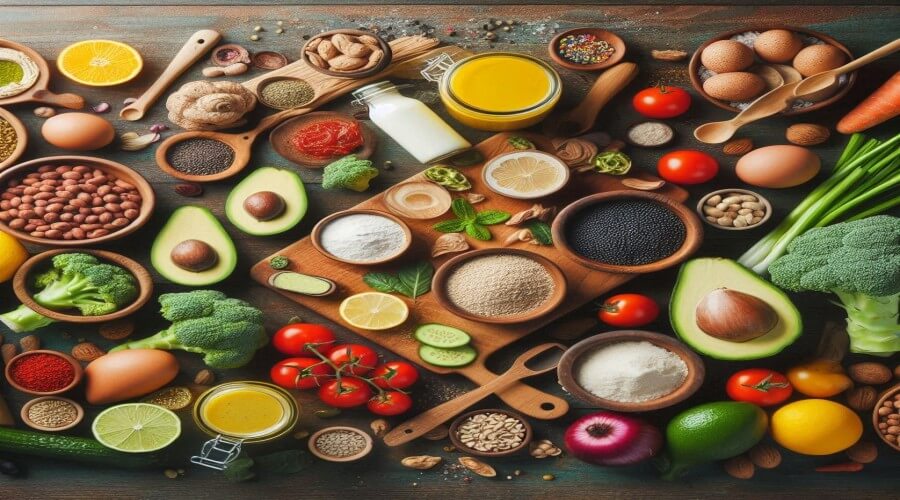The choice of what to serve at a party has evolved beyond mere taste. Today, it stands at a nutritional, ethical, and environmental crossroads. This report explores the world of vegan appetizer ideas, moving beyond simple recipes to offer a multi-lens analysis of their impact. We will examine vegan snacks for parties and other social gatherings through the specialized viewpoints of a nutritionist, an ethical advocate, an environmental scientist, and an everyday practitioner, revealing how a simple platter of plant-based bites represents a confluence of health, compassion, sustainability, and social innovation.
Best Vegan Appetizer Ideas: Delicious Party Snacks & Bites
LENS 1: The Nutritionist’s View
From a nutritional science perspective, offering a spread of well-planned vegan appetizer ideas is an opportunity to boost public health in a social setting. Unlike many traditional party foods, which are often high in saturated fats, sodium, and cholesterol, vegan options are typically centered around whole foods like vegetables, legumes, nuts, and seeds.
Key Findings:
- Nutrient Density: Vegan appetizers are often rich in fiber, vitamins, minerals, and antioxidants.
- Cardiovascular Health: The emphasis on unsaturated fats (from avocados, nuts, olives) and fiber helps support healthy cholesterol levels and blood pressure.
- Gut Health: The high fiber content from legumes and vegetables nourishes a healthy gut microbiome, which is linked to improved immunity and overall well-being.
Nutritional Deep Dive: The Power of the Dip
Let’s compare two party staples: a traditional cheese dip versus hummus.
- Cheese Dip: Primarily composed of dairy, it delivers high levels of saturated fat and sodium. While a source of calcium and protein, its caloric density and potential for inflammatory responses in some individuals are significant drawbacks.
- Hummus: A blend of chickpeas, tahini (sesame paste), lemon juice, and olive oil. According to data from Healthline, a standard serving provides plant-based protein, significant dietary fiber (promoting digestive health), and essential minerals like manganese and copper. Its low glycemic index helps in managing blood sugar levels, preventing the sharp spikes and crashes associated with sugary or highly refined snacks.
Voice of Experience (Dietitian):
“When I advise clients on healthy entertaining, I steer them towards appetizers like black bean salsa or cashew-based ‘cheese’ spreads. They aren’t just ‘missing’ animal products; they are actively adding beneficial phytonutrients and fiber that most party foods lack. It’s about shifting the focus from empty calories to nutrient-rich enjoyment.” – Dr. Anya Sharma, Registered Dietitian
Hidden Benefits: Anti-Inflammatory Properties
Many core ingredients in vegan snacks possess powerful anti-inflammatory properties. Olive oil, a key component of hummus and many marinades, contains oleocanthal, an antioxidant with effects similar to ibuprofen. Spices like turmeric, often used in vegan dips and curries, contain curcumin, a potent anti-inflammatory compound.
LENS 2: The Ethical Advocate’s Stance
For the ethical advocate, a party is a microcosm of society. The food choices made reflect our deepest values. Offering vegan appetizers is a powerful, non-confrontational way to demonstrate compassion and extend our circle of moral concern beyond our own species.
Key Findings:
- Ahimsa in Action: Serving vegan food aligns with the principle of non-harm (Ahimsa), creating a welcoming environment that celebrates life rather than commodifying it.
- Challenging Norms: It gently challenges the social norm that celebrations must involve animal products, opening up conversations about tradition and choice.
- Inclusivity: A fully vegan spread is inclusive of vegetarians, lactose-intolerant guests, and those with certain religious dietary restrictions, alongside vegans themselves.
Critical Reassessment: What’s in a Pig-in-a-Blanket?
Traditional appetizers often mask the reality of their origins. A mini sausage roll or a cheese-stuffed pepper involves industrial agriculture systems that organizations like PETA have extensively documented. These systems frequently involve practices such as intensive confinement, painful mutilations without anesthetic, and stressful transportation and slaughter.
- Dairy: The production of cheese relies on the dairy industry, which necessitates the repeated impregnation of cows and the subsequent separation of mothers from their calves.
- Meat: Animals raised for meat are often subjected to cramped, unsanitary conditions, genetically manipulated for rapid growth that their bodies can’t support, and face a brutal end.
Choosing a mushroom vol-au-vent over a mini quiche Lorraine is therefore not just a dietary preference; it’s a vote against a system of exploitation.
Perspective-Appropriate Question:
If we wouldn’t want the story of how our food was made to be told at our party, should we be serving it?
LENS 3: The Environmental Scientist’s Analysis
From an ecological standpoint, the food we serve at gatherings has a measurable planetary impact. Vegan parties offer a significantly more sustainable model for celebration, drastically reducing the resource consumption associated with the event.
Key Findings:
- Lower Carbon “Foodprint”: Plant-based foods have a dramatically lower greenhouse gas emissions profile. Research published in journals like Science shows that meat and dairy production are leading drivers of climate change.
- Water Conservation: The water footprint of plant-based foods is a fraction of that required for animal agriculture. Producing one kilogram of beef can require over 15,000 liters of water, whereas a kilogram of vegetables requires around 300 liters.
- Land Use Efficiency: A global shift to plant-based diets would free up vast amounts of land currently used for grazing and growing animal feed, allowing for reforestation and biodiversity restoration.
Market Transformation Map: The Rise of Sustainable Snacking
The consumer demand for sustainable options has reshaped the market. This is evident in the explosive growth of the vegan food sector, which was valued at over USD 17 billion in 2023 and is projected to grow annually by over 10%.
- Pre-2010: Vegan party options were largely DIY. Think basic veggie crudités and bean dip.
- 2010-2020: Brands like Beyond Meat and Impossible Foods enter the scene, normalizing plant-based meat. The vegan cheese market begins to offer palatable alternatives from companies like Miyoko’s Kitchen and Daiya.
- 2020-Present: Supermarket freezer aisles now feature a wide array of ready-to-bake vegan snacks: plant-based spring rolls, dairy-free mozzarella sticks, and cauliflower wings. This “mainstreaming” makes sustainable entertaining accessible to everyone.
Voice of Experience (Environmental Scientist):
“Every choice is a data point. When you host a party for 20 people and choose lentil-pâté crostini over beef sliders, you are collectively saving thousands of gallons of water and preventing hundreds of kilograms of CO2 equivalents from entering the atmosphere. It’s a powerful form of grassroots climate action.” – Dr. Kenji Tanaka, Climate Researcher
PERSPECTIVE INTERSECTION MATRIX
| Nutritionist | Ethical Advocate | Environmental Scientist | |
| Common Ground | Whole, plant-based foods are inherently healthier. | A system that harms animals is also harmful to human health and the planet. | Industrial animal agriculture is a primary driver of both ecological and health crises. |
| Influence Point | The health benefits of vegan diets can be a compelling entry point for ethics. | The ethical argument gives a deeper purpose to the environmental choice. | The stark environmental data can motivate people to explore healthier, ethical diets. |
| Tension Point | Focus on whole foods vs. highly processed vegan “junk food” appetizers. | Inclusivity vs. maintaining a strict ethical line (e.g., no cross-contamination). | Local, non-vegan option vs. an imported vegan product with high food miles. |
LENS 4: The Everyday Practitioner & Cultural Observer’s Experience
This perspective bridges theory and reality. How do vegan appetizer ideas actually play out in a real-world social setting? For the host (the practitioner) and society (the observer), it’s a dynamic interplay of culinary creativity, social psychology, and cultural shifts.
Daily Impact: Hosting with Confidence
The modern host faces the challenge of catering to a mix of dietary preferences. The primary fear is often that guests will find the food unsatisfying.
Challenges:
- Perception: Overcoming the outdated stigma that vegan food is bland or “just salad.”
- Skill: Feeling intimidated by new ingredients or cooking techniques.
- Social Dynamics: Navigating questions or skepticism from omnivorous guests.
Solutions (The “Alternative Approaches”):
- The “Familiar but Vegan” Approach: Recreate classic party foods. Think buffalo cauliflower wings with a dairy-free ranch, spinach-artichoke dip made with cashews, or mini tacos with walnut-lentil “meat.”
- The “Naturally Vegan” Approach: Showcase dishes that are vegan by tradition. Bruschetta, guacamole with corn chips, vegetable spring rolls, or dolmades (stuffed grape leaves) are universally loved and require no “veganizing.”
- The “Wow Factor” Approach: Impress with innovative, visually stunning appetizers. Beetroot hummus, jackfruit “crab” cakes, or avocado chocolate mousse can convert even the biggest skeptics.
Cultural Milestone Analysis: The Viral Recipe
A key turning point was the rise of social media food culture. The “viral recipe” phenomenon, from baked feta pasta (which could be made with vegan feta) to the “Green Goddess” salad, demonstrated that plant-forward dishes could become cultural touchstones. This has made plant-based eating more aspirational and trendy, removing old stigmas.
MISCONCEPTION ANALYSIS
| Misconception | Reality |
| “Vegan appetizers are boring and just raw veggies.” | Modern vegan snacks are incredibly diverse, from savory baked goods and creamy dips to fried delights and meaty plant-based alternatives. Flavor and texture are paramount. |
| “It’s expensive and difficult to make vegan party food.” | Many of the most delicious vegan appetizers are based on affordable staples like beans, lentils, potatoes, and seasonal vegetables. Many are also “one-bowl” or no-cook recipes. |
| “My guests won’t get enough protein and will leave hungry.” | Plant-based ingredients like lentils, chickpeas, black beans, nuts, and seeds are packed with protein and fiber, which are more satiating than many refined animal-based snacks. |
| “Vegan food is only for vegans.” | Good food is good food. A well-made, flavorful dish will be enjoyed by everyone, regardless of its ingredients. The goal is hospitality and deliciousness, not dietary labels. |
SYNTHESIS & CONVERGENT REFLECTIONS
Choosing vegan appetizer ideas for your next gathering is far more than a culinary decision. It is a single action with multiple positive repercussions. It is a health-conscious choice that nourishes your guests, an ethical statement that extends compassion, and an environmental act that reduces your party’s footprint.
The modern party platter, when plant-based, becomes a powerful symbol. It shows that celebration does not require compromise—on flavor, on health, on values, or on the well-being of our planet. The conversation has shifted from what is being excluded (animal products) to what is being gained: vibrant flavors, nutritional benefits, and a clear conscience.







